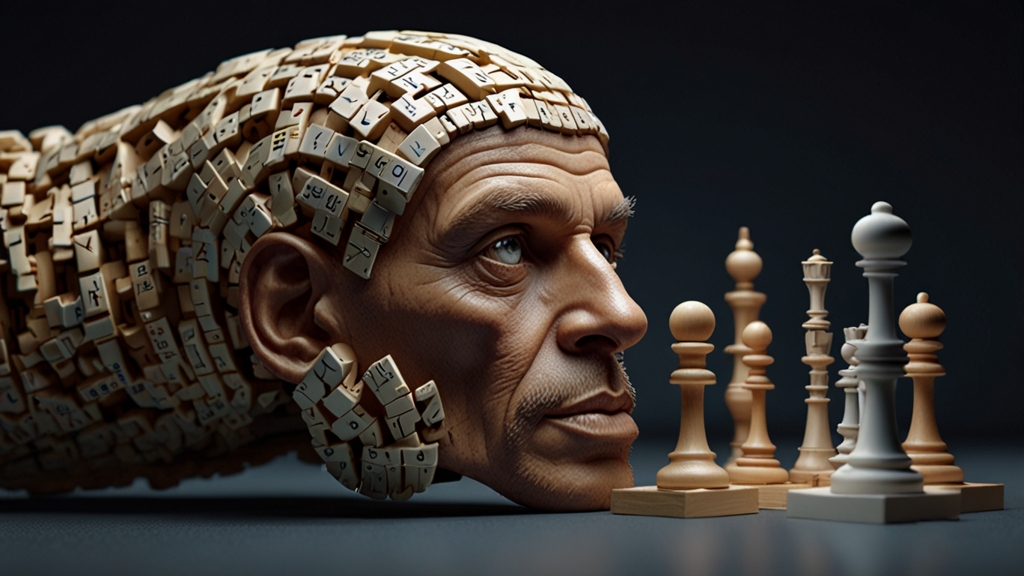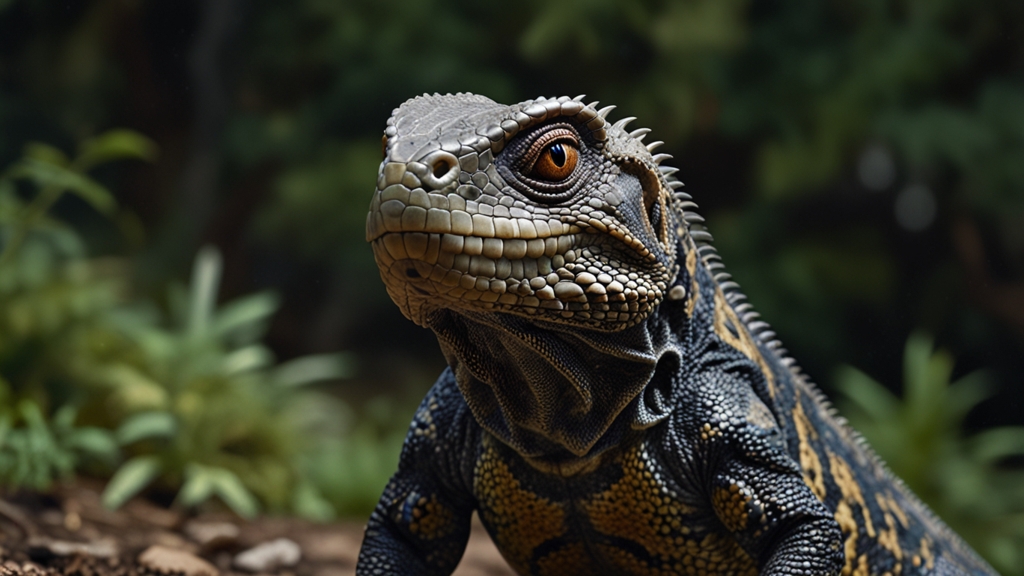Inventions That Push the Limits of Science and Imagination
The relentless march of technology is continuously reshaping our world, often in ways that once belonged purely to the realm of science fiction. These innovations not only demonstrate the incredible ingenuity of their creators but also push the boundaries of what we believe is possible. Here, we explore some groundbreaking inventions that epitomize the perfect blend of science and imagination.
Quantum Computers
Quantum computing is one of the most exciting and challenging frontiers in technology today. Unlike classical computers, which use bits as the smallest unit of data, quantum computers leverage quantum bits or qubits. These can exist in multiple states simultaneously, thanks to the principle of superposition. This allows quantum computers to process complex calculations at unprecedented speeds.
“If you think you understand quantum mechanics, you don’t understand quantum mechanics.” — Richard Feynman
The potential applications are vast, ranging from solving complex cryptographic problems to simulating molecular structures for pharmaceutical breakthroughs. Companies like IBM and Google are already making significant strides, with Google's Quantum AI team claiming quantum supremacy in 2019, a milestone where a quantum computer solved a problem that would be practically impossible for classical computers. Despite the challenges, the horizon for quantum computing looks incredibly promising, heading towards a future where it could revolutionize entire industries.
Artificial Intelligence and Machine Learning
Artificial Intelligence (AI) and Machine Learning (ML) have moved from simple automation tasks to powerful engines of innovation across various sectors. AI algorithms now drive everything from personalized ad recommendations to advanced medical diagnostics.
Neural networks and deep learning models are particularly groundbreaking. These systems are designed to mimic the human brain's interconnected neurons and can learn and adapt from vast amounts of data. For instance, self-driving cars from companies like Tesla and Google leverage AI to navigate complex environments, making decisions in real-time to ensure safety and efficiency.
“By far, the greatest danger of Artificial Intelligence is that people conclude too early that they understand it.” — Eliezer Yudkowsky
The ethical considerations surrounding AI are as complex as the technology itself. Issues like data privacy, algorithmic bias, and the future of employment are hot topics. Nevertheless, the transformative power of AI is undeniable and continues to push the limits of what machines can achieve.
CRISPR and Gene Editing
CRISPR (Clustered Regularly Interspaced Short Palindromic Repeats) technology has revolutionized genetics, providing scientists with a powerful tool for editing DNA with remarkable precision. The ability to add, remove, or alter genetic material has profound implications for medicine, agriculture, and even environmental conservation.
One of the most promising applications of CRISPR is in the treatment of genetic disorders. Diseases like cystic fibrosis and sickle cell anemia, which are caused by genetic mutations, could potentially be 'corrected' at the molecular level. Additionally, CRISPR holds promise for cancer research, allowing for the development of treatments that target specific genetic markers of tumors.
Despite its potential, CRISPR raises ethical and safety concerns. The possibility of 'designer babies' and unintended genetic consequences are significant issues that require careful consideration. Nonetheless, the impact of CRISPR on science and medicine cannot be overstated.
3D Printing
3D printing, also known as additive manufacturing, has transformed manufacturing and prototyping. By building objects layer by layer from digital designs, 3D printing allows for complex structures that would be impossible to create with traditional manufacturing techniques.
This technology is being used in a wide range of applications. In medicine, 3D printing is used to create custom prosthetics and even human tissue. In aerospace, companies are producing lightweight, high-strength components that improve fuel efficiency. The potential for 3D printing in construction is also being explored, with entire buildings being printed layer by layer.
“The best way to predict the future is to invent it.” — Alan Kay
The accessibility of 3D printing technology has opened the door for makers, designers, and entrepreneurs to bring their ideas to life. It represents a democratization of manufacturing, where anyone with a digital model can produce tangible goods.
Conclusion
These inventions demonstrate the remarkable ways in which science and imagination intersect. Quantum computing, AI, CRISPR, and 3D printing are more than technological marvels; they are tools that have the potential to reshape our world fundamentally. As we continue to push these limits, the line between science fiction and science fact becomes increasingly blurred, opening new horizons of possibility.









